18 Little-Known Roman Ruins You Need to See
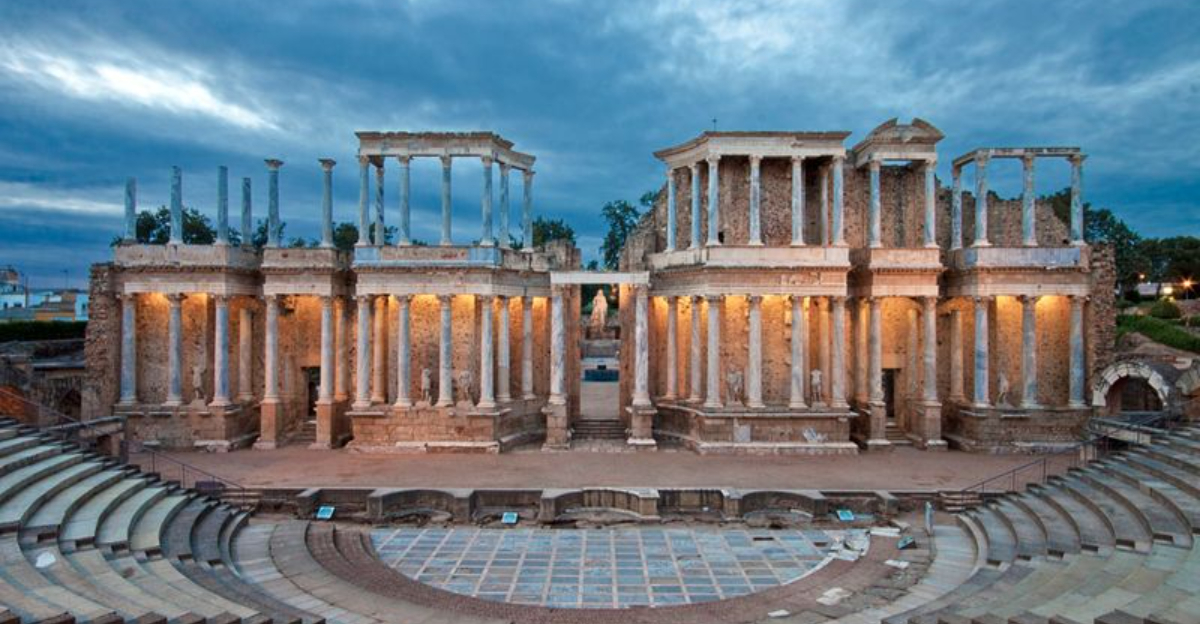
Think the Colosseum and Pantheon are all Rome has to offer? Think again. Scattered across Europe and beyond lie Roman ruins that many travelers miss—quiet, often untouched sites where the past still whispers through worn stones.
These places may not draw crowds, but they offer stories just as rich. Ever walked through an ancient amphitheater with no tourists in sight? Or stumbled across Roman baths tucked into a hillside?
Let’s uncover 18 hidden Roman ruins that deserve a spot on your travel list. Ready to explore where few wander and history still lingers?
1. The Theatre of Orange
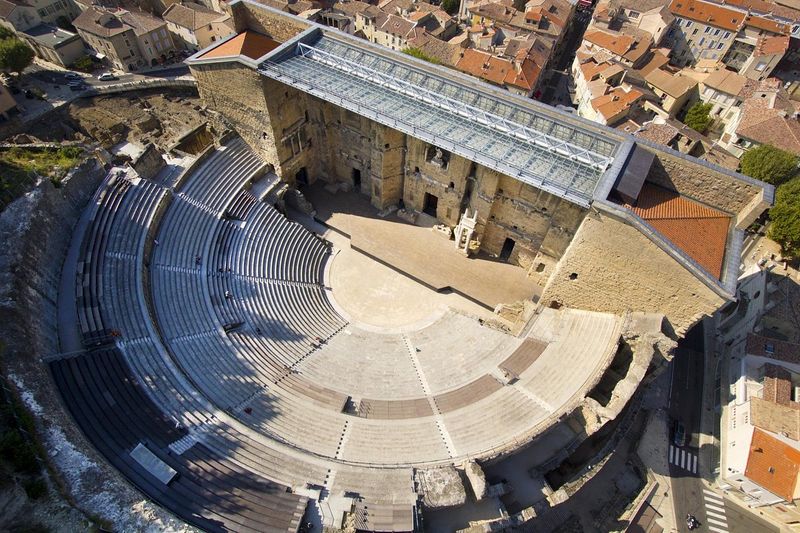
If you’ve ever wondered about Roman theatres, head to Orange in southern France. This majestic theatre, built in the early 1st century AD, offers a glimpse into ancient performances.
It’s one of the best-preserved Roman theatres, with its stunning facade still standing tall. Imagine the vibrant plays and gatherings that once animated this space. Today, it’s a UNESCO World Heritage site, hosting concerts and events.
Are you ready to sit where Roman citizens once did? The atmosphere promises to transport you back in time. A visit here is an unforgettable experience.
2. The Villa Romana del Casale
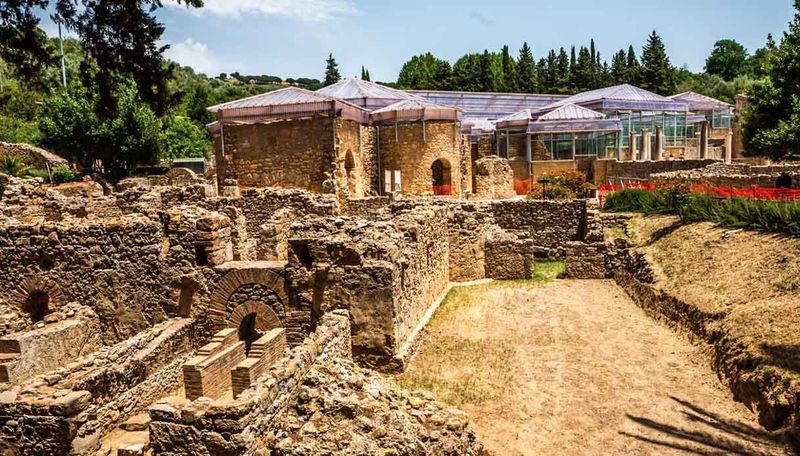
It’s surprising how Sicily harbors such a treasure. The Villa Romana del Casale boasts some of the most exquisite Roman mosaics ever found. Built in the 4th century, it was likely a hunting lodge or an imperial palace.
Each mosaic tells a vivid story, from the famous ‘Bikini Girls’ to grand hunting scenes. These artworks lend insight into Roman lifestyles. Where else can you witness such craftsmanship?
In the heart of Sicily, this villa beckons with tales of opulence and creativity. Explore its halls, and let history unfold beneath your feet.
3. The Roman Amphitheatre of Durrës
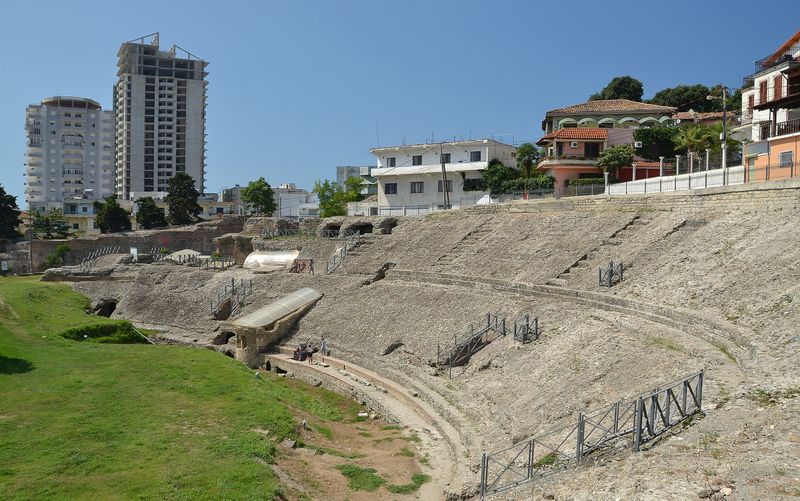
How many Roman amphitheatres still buzz with life today? The one in Durrës, Albania, does. Built in the 2nd century AD, it once hosted 20,000 spectators. Though not entirely uncovered, its grandeur is palpable.
Even now, you can feel the echoes of gladiators and roaring crowds. The amphitheatre nestles amidst the bustling city, a testament to its enduring spirit.
Did you know it’s one of the largest in the Balkans? Wander through its arches, and you’ll sense the past whispering tales of valor and spectacle.
4. Caesarea Maritima
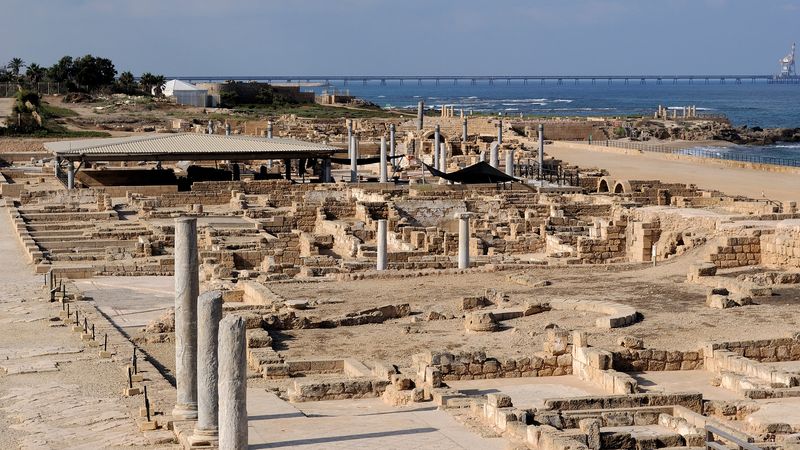
Where land meets sea, Caesarea Maritima thrives. This ancient Roman port city, built by Herod the Great, is a marvel of engineering and history. Its ruins include a grand hippodrome and an impressive aqueduct.
It’s fascinating to imagine the chariot races and sea battles once held here. Today, the Mediterranean breeze carries stories of ambition and innovation. Are you curious about Herod’s architectural prowess?
A stroll through Caesarea’s ruins offers glimpses of a bygone era, bathed in sunlight and waves. The city is a mix of stunning vistas and rich history.
5. Roman Baths of Cluny
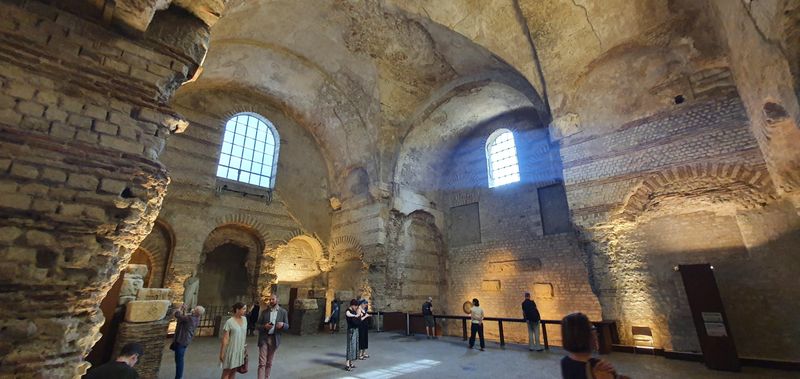
When Paris conjures images of romance, don’t forget its Roman roots. The Roman Baths of Cluny, dating back to the 3rd century, sit nestled amidst the city’s charm.
These baths once formed part of a grand complex, offering relaxation to weary Romans. It’s intriguing to imagine the conversations held within these walls. While modern Paris pulses outside, inside lies a serene escape to antiquity.
Have you ever wondered about Roman bathing rituals? Here, you can ponder over history while soaking in the ambience. It’s a serene slice of ancient life tucked away in a bustling metropolis.
6. The Roman Ruins of Conímbriga
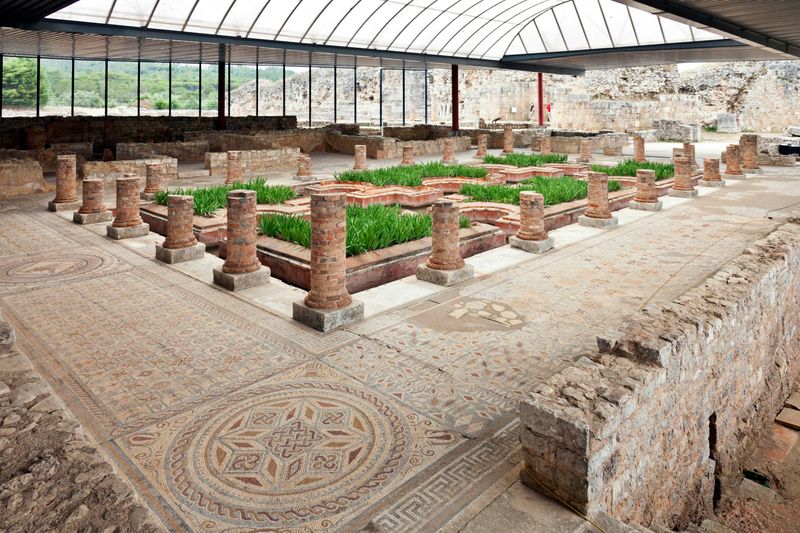
Though often overlooked, Conímbriga in Portugal boasts some of the finest Roman ruins. This ancient city thrived under Roman rule, with its mosaics and architecture still captivating visitors today.
Wander through its streets, and you’ll encounter history at every turn. Are you curious about ancient Roman urban planning? Conímbriga provides a window into the past, with its intricate designs and public buildings. It’s remarkable how such beauty and history intertwine here.
Experience the echoes of daily life from a time long gone. Conímbriga invites you to explore and imagine.
7. The Temple of Augustus in Pula
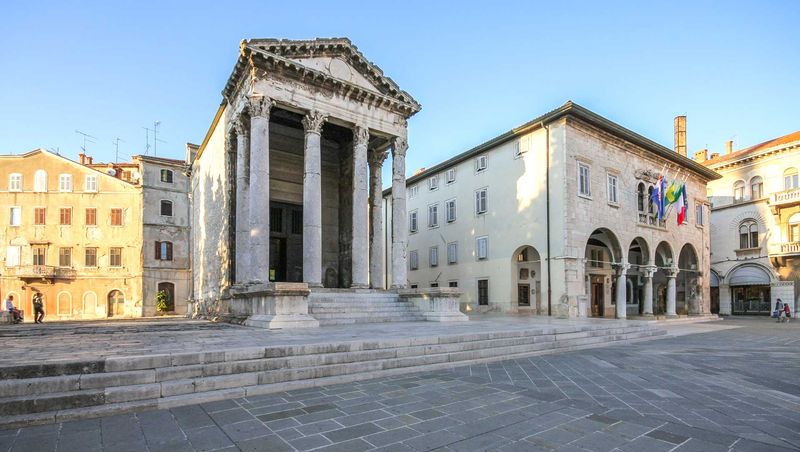
This iconic temple stands as a testament to Roman worship. Located in Pula, Croatia, the Temple of Augustus is a striking example of Roman religious architecture.
Built between 2 BC and AD 14, it honors the first Roman emperor. Its grandeur is palpable, with Corinthian columns and a majestic facade. How did ancient Romans express devotion? This temple offers insights into their religious lives.
Today, it stands amidst modernity, bridging ancient and contemporary worlds. Are you eager to explore Roman spiritual heritage? Pula’s temple invites contemplation and admiration.
8. The Ruins of Volubilis
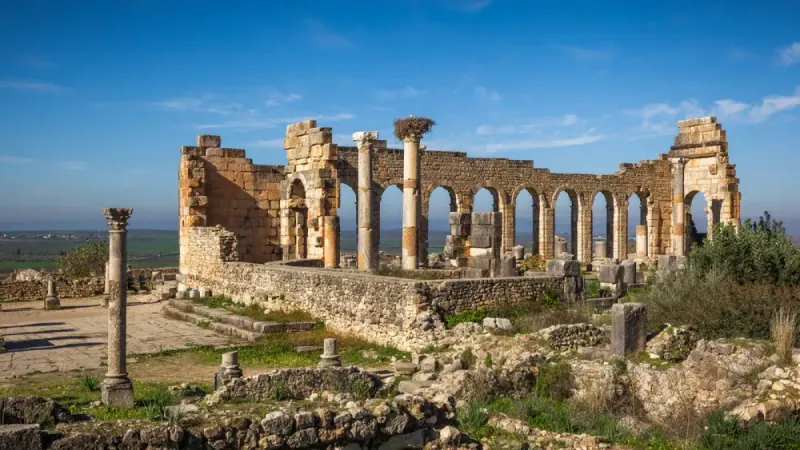
This ancient city lies in the heart of Morocco, an unexpected site of Roman history. Volubilis thrived as a vital outpost, with its mosaics and structures still captivating visitors.
It’s fascinating how this city once served as a center of commerce and culture. Wander among its ruins, and you’ll encounter tales of art and trade. Are you drawn to mosaic art?
Volubilis boasts intricate designs depicting mythological scenes. The city offers a unique blend of Roman and North African influences. Discover the stories of a bustling hub in a serene setting.
9. The Roman Ruins of Villa Adriana
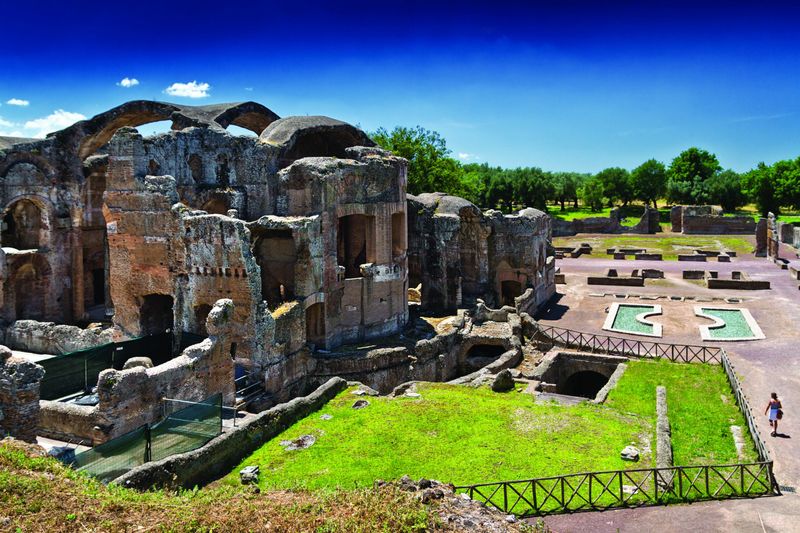
This grand villa complex near Rome belonged to Emperor Hadrian. Villa Adriana, or Hadrian’s Villa, is a UNESCO World Heritage site boasting impressive ruins and scenic beauty.
Where else can you witness imperial luxury firsthand? The villa’s architecture and gardens are breathtaking, a testament to Roman opulence. Are you curious about imperial leisure? Hadrian’s retreat reveals insights into lifestyle and power.
Wander through its grounds, experiencing history and nature intertwined. It’s remarkable how this serene escape once served as a ruler’s sanctuary. Villa Adriana beckons with stories of grandeur and tranquility.
10. The Roman Ruins of Leptis Magna
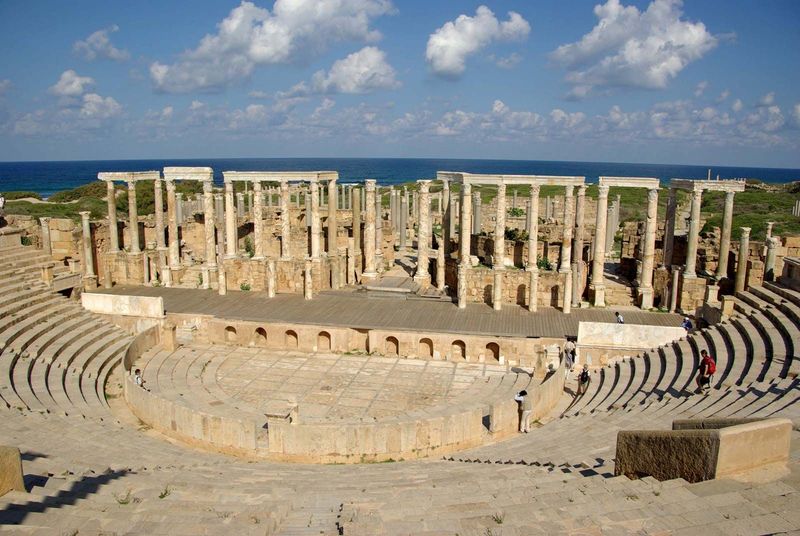
Though seldom visited, Leptis Magna in Libya is a stunning example of a Roman city. Once a prominent metropolis, its ruins include a grand theatre, marketplace, and intricate arches.
It’s astounding how well-preserved these structures remain. Walking through Leptis Magna, one can almost hear the bustling city life of old. Are you intrigued by Roman urban achievements?
This city showcases their architectural prowess and cultural richness. A visit here feels like stepping into the pages of history, with stunning desert views all around. Leptis Magna stands as a testament to Roman legacy.
11. The Roman Theatre of Mérida
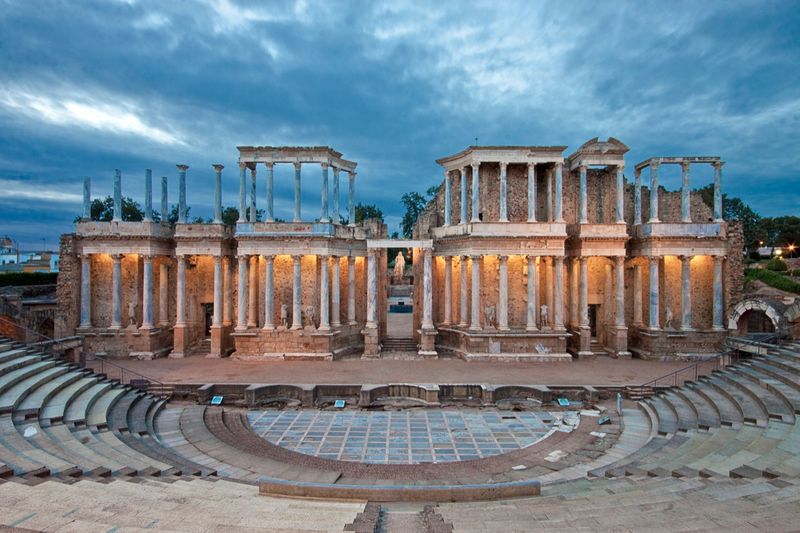
How often can you sit where ancient audiences once did? The Roman Theatre of Mérida, Spain, offers just that. Built in 15 BC, it’s part of a larger archaeological ensemble, showcasing Roman entertainment.
Did you know it’s still used for performances today? This theatre bridges past and present, hosting events that echo its vibrant history. Are you ready to witness Roman drama firsthand?
Mérida provides a captivating venue, with historical layers surrounding every seat. The theatre invites exploration and appreciation of its timeless allure.
12. The Ruins of Thugga
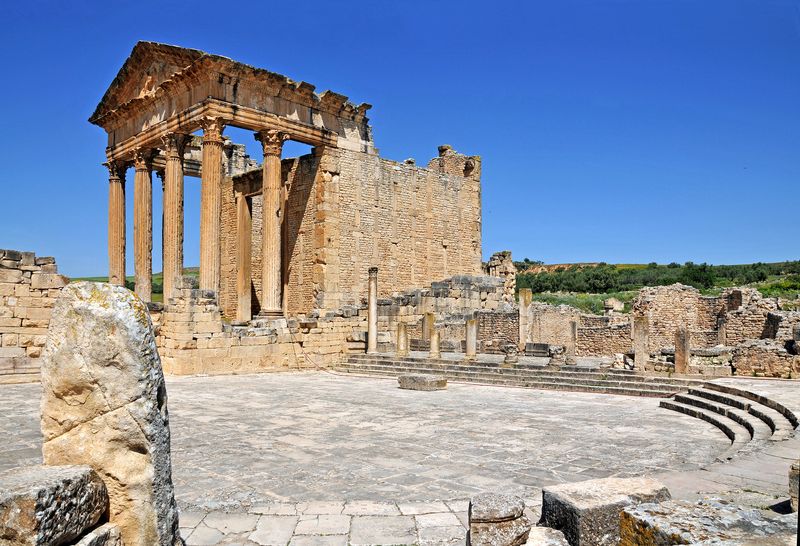
Though not widely known, Thugga in Tunisia offers a fascinating glimpse into Roman life. This city boasts remarkably preserved ruins, from temples to theatres. How did Romans live in North Africa?
Thugga reveals answers through its architecture and layout. Wander its streets, and you’ll discover the daily life of ancient inhabitants. Are you captivated by Roman engineering?
The city’s structures stand as testaments to their skill. Thugga invites you to explore a blend of history and scenery, with lush landscapes enhancing its charm.
13. The Roman Ruins of Aquincum
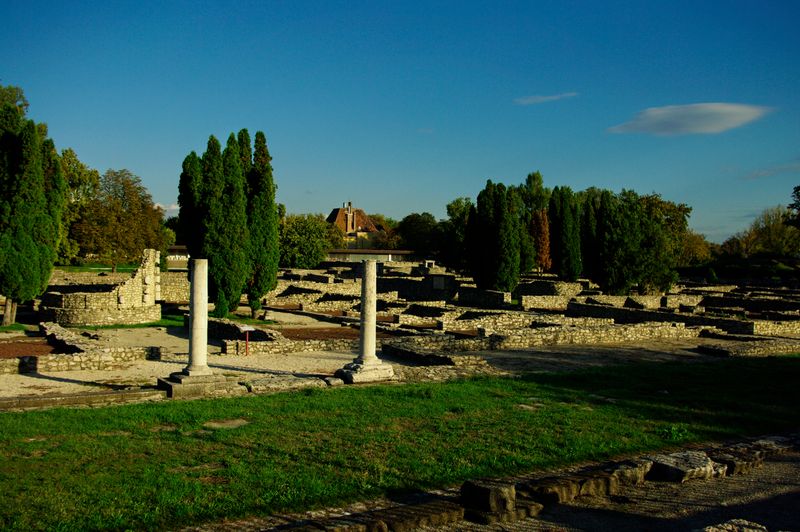
This archaeological site near Budapest captures the essence of Roman urban life. Aquincum was once a thriving city, with its amphitheatre, aqueduct, and residential quarters.
It’s intriguing how these ruins echo stories of past inhabitants. Are you curious about Roman engineering? Aquincum’s structures showcase their expertise. Wander through this site, and you’ll feel history come alive amidst modern surroundings.
Did you know it houses a museum? Aquincum invites exploration and learning, offering a unique window into Roman heritage. It’s a remarkable blend of past and present.
14. The Roman Bridge of Córdoba
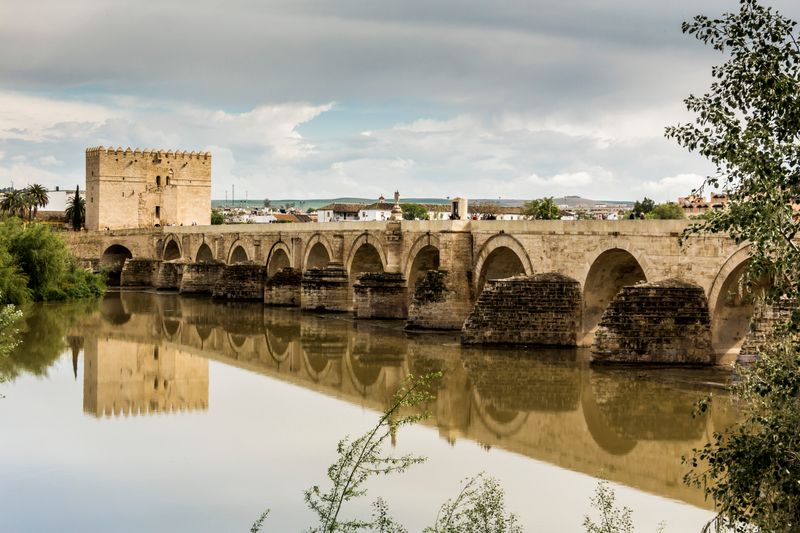
If bridges could talk, what tales would they tell? In Córdoba, Spain, the Roman bridge stands as a silent witness to centuries of history. Built in the early 1st century BC, it spans the Guadalquivir River with grace.
Are you drawn to ancient engineering marvels? This bridge showcases Roman ingenuity, with its enduring structure and design. Today, it’s a symbol of Córdoba’s rich past, connecting old and new.
Walking across it feels like stepping back in time, with the city’s vibrant life unfolding around you. It’s an experience not to be missed.
15. The Roman Ruins of Baalbek
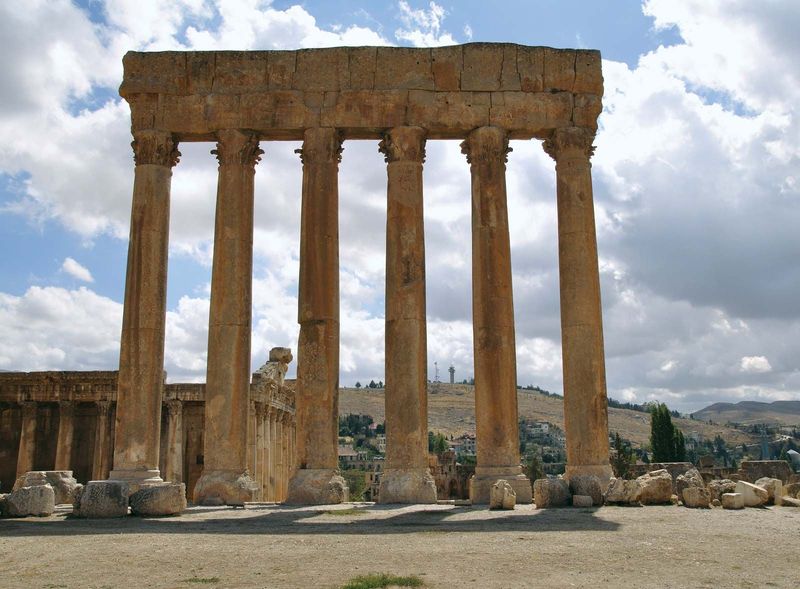
Where do you find grandeur amidst ruins? In Baalbek, Lebanon. This site hosts some of the largest and most impressive Roman temples ever built. It’s awe-inspiring how these structures rise against the mountain backdrop.
The Temple of Bacchus and the Temple of Jupiter are highlights, showcasing Roman architectural mastery. Are you fascinated by ancient religious sites? Baalbek offers a profound exploration of devotion and design.
The ruins invite you to wander and wonder, with their colossal columns and intricate carvings. It’s a majestic encounter with history and spirituality.
16. The Ruins of Salona
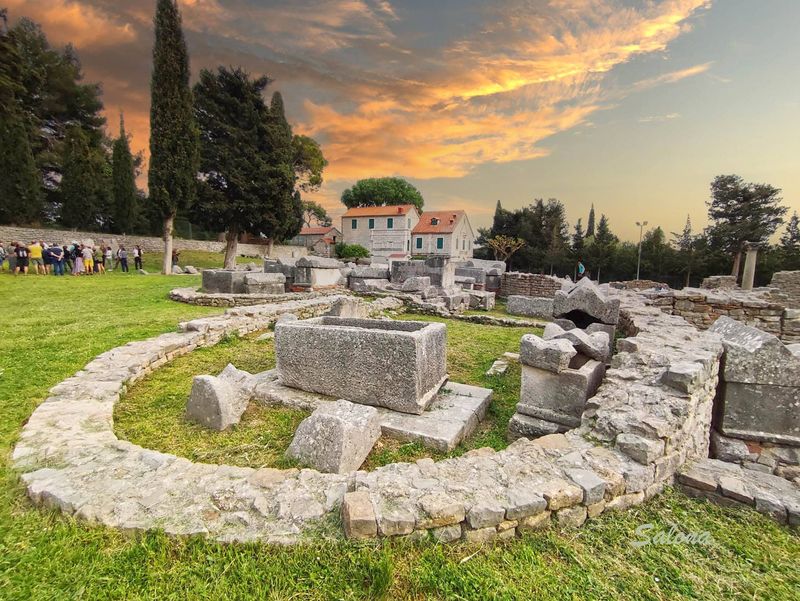
Did you know Salona was once a bustling Roman city? These ruins in Croatia reveal its past glory, with a massive amphitheatre, basilica, and city walls. It’s intriguing to walk where Roman citizens lived, worshipped, and entertained.
Are you curious about ancient urban life? Salona’s layout offers insights into daily activities and social structures. The site is a testament to Roman adaptability and influence.
Wander through its remnants, and you’ll sense the vibrancy of a city that thrived long ago. Salona invites exploration and reflection on a storied past.
17. The Roman Ruins of Pompeii
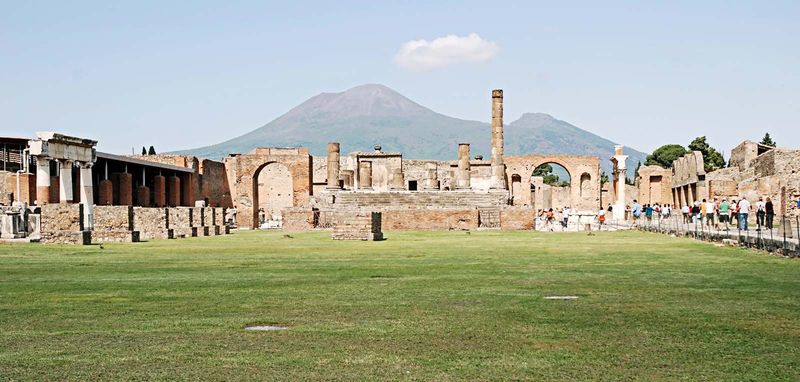
Though famous, Pompeii remains a captivating exploration. This city, frozen in time by Vesuvius’s eruption, offers unparalleled insights into Roman life. How did people live, love, and work?
Pompeii’s streets and homes tell vivid stories. Are you intrigued by ancient art? The site’s frescoes and mosaics depict daily life in stunning detail. Wander through its alleys, and you’ll encounter echoes of laughter and trade.
Despite its tragic end, Pompeii stands as a testament to Roman resilience and culture. It’s a remarkable journey through a city lost yet preserved.
18. The Roman Ruins of Ostia Antica
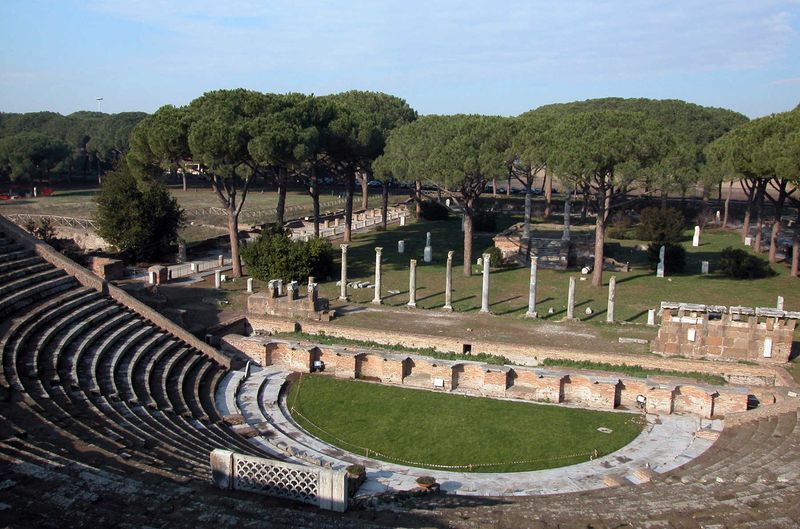
This ancient port city offers a glimpse into Roman commerce and daily life. Ostia Antica thrived as Rome’s gateway to the sea, with its ruins reflecting bustling activity. Where else can you explore Roman urban planning?
The city’s layout showcases their architectural prowess and ingenuity. Are you drawn to maritime history? Ostia’s remains include warehouses, baths, and a theatre.
Wander through its streets, and you’ll feel the pulse of an ancient port. It’s a captivating exploration of a city that once buzzed with traders and travelers. Ostia Antica invites discovery and wonder.
